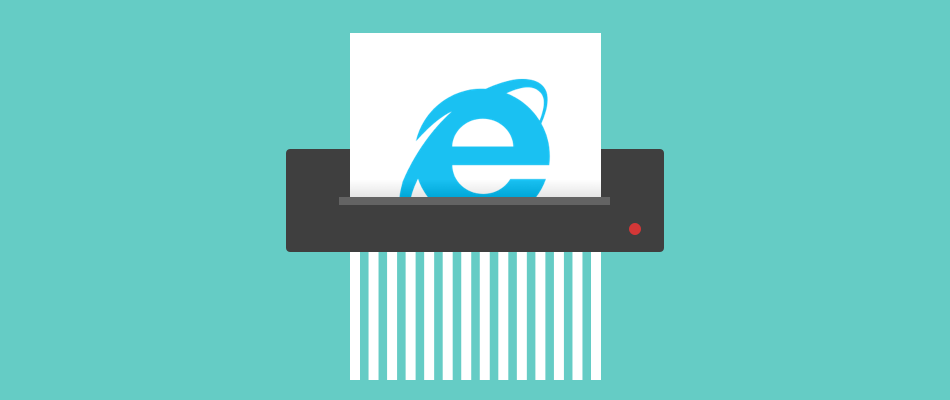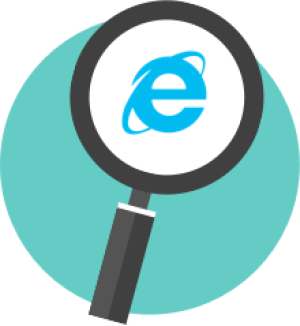How To Delete Your Internet Explorer History

Why Would You Clear Your Internet Explorer History?
Internet Explorer is a web browser that runs on the Microsoft Operating System (OS). Internet Explorer history is a record kept by the browser of sites you visited and the date and time you did so. This includes websites you visited, terms you searched for and the IP address you accessed them from. Specifically, your Internet Explorer history includes a list of sites you visited (browsing history), cached images and temporary Internet files, cookies, download history, form data, passwords, tracking protection and related filters, favorites and InPrivate filtering data. You might want to delete your Internet Explorer cache to protect your privacy, and erase the record of what you did online.

Delete Your Internet Explorer History
To delete your Internet Explorer History, follow the steps below. Once deleted, users on your computer will no longer be able to view a list of sites visited on the Internet Explorer browser.
- Open your Internet Explorer browser.
- Select Tools.
- Select Safety.
- Select Delete Browsing History.
- Decide which type of data you want to remove.
- Click Delete.
That's it. Your Internet Explorer history is now deleted.
More Ways to Protect Your Privacy
In addition to deleting your Internet Explorer browsing history, you can take other steps to protect your privacy online. When you browse the Internet, a great deal of personal information such as sites visited, location, IP address, search terms, personal communications and more may be at stake. Your Internet Service Provider (ISP) can view this information, as can snooping third-party sites or hackers on your network.
- Your ISP can see your activity, location, sites visited, whom you communicate with and more.
- ISPs or other providers often share or sell this data to third parties (advertisers).
- It's essential to to read and understand the privacy policy of the various web-based tools or sites you visit.
To protect your privacy while browsing online, you can also do the following:
- Use a VPN: A VPN encrypts your Internet connection, offering an exceptional level of privacy and security every time you connect. With a VPN, no one (not your ISP or snoops) can see the sites you visit, your location or any other personal data.
- Use HTTPS: HTTPS indicates that your connection is secured, meaning it is safer than using HTTP. Always use this prefix when you browse.
- Be aware of the risks: Understand that when browsing, a lot of personal information may be exposed to your provider and websites. Being aware of this fact can help you decide what you do online and what privacy measures you take.
Sources: Microsoft Support

